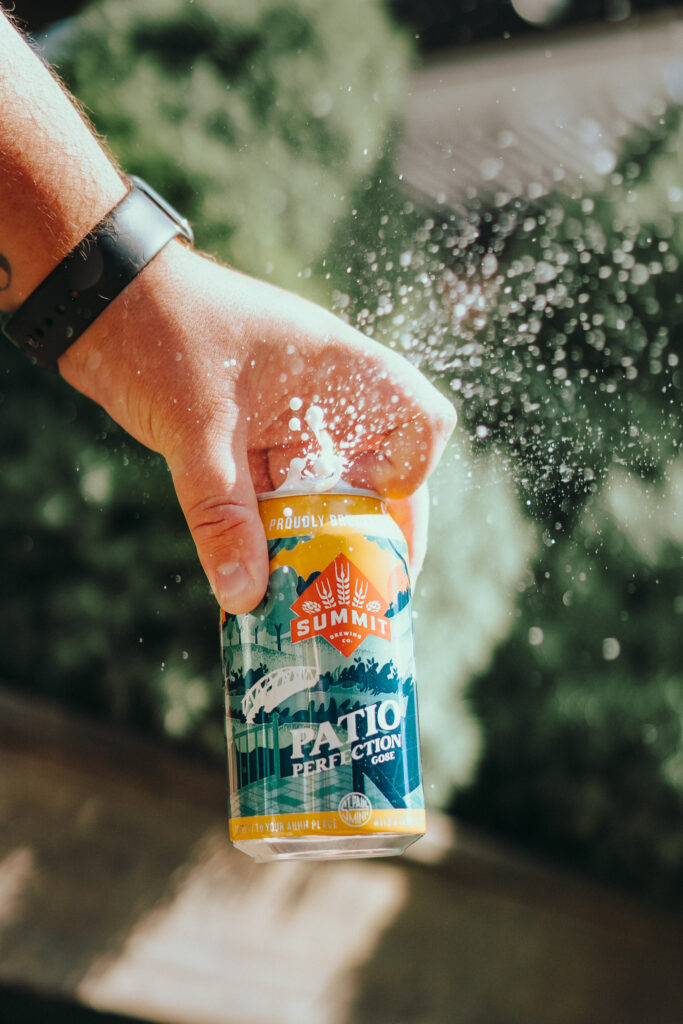Patio Perfection and What the Heck is a Gose?
In case you live under a rock, our Patio Perfection is back exclusively in our Backyard Box variety pack! This ale has tart flavors of key lime that blend with satiating sea salt notes and a smooth malt body. True to its Gose style, it’s zesty and effervescent, finishing clean and bright.
So, sure, it’s true to the style. But what does that mean? What exactly is a Gose? We’re glad you asked.
What is a Gose?

The gose (pronounced go-suh) originated in Goslar, a small town in Lower Saxony, Germany. First brewed in the 16h century, it quickly became popular in the nearby town of Leipzig. It gained so much notoriety, in fact, that it was exempt from Germany’s Reinheitsgebot – a purity law that states beer is only beer if it’s made with water, hops, yeast and barley.
Part of what makes Gose unique is its malt makeup. The beer is brewed with 50 percent malted wheat and 50 percent malted barley. It also is brewed with coriander to give it a unique, herbal note. Additionally, it has a salty flavor to it.
While the beer’s name in part comes from its town of origin, it also comes from the river that supplies the water to brew it – the Gose River. It’s this river that also creates the briny flavor. Over 1,000 years ago when brewers first began making the beer, they used the saline waters of the Gose and Abzucht rivers. While tradition says this style was salty, it’s really unknown just how high the saline content of the water was. It’s likely that even with the waters of the rivers, brewers still added salt to the mash to achieve the desired mouthfeel. Nowadays, many brewers will add salt versus brewing with salt water cause shipping in water just seems so unnecessary.
Its final distinguishing characteristics is its funkiness. This ale is fermented using spontaneous fermentation. This is when the wort cools exposed to open air so wild yeast and bacteria inoculate for fermentation. This gives the beer a funky, sour, sometimes puckering flavoring.
A Quick History
After two centuries, gose became so popular that hundreds of gosenschanken (Gose taverns) were found across the German region. But, fast forward to WWII, and the beer began to dwindle in popularity. Between breweries shuttering their doors due to the war and the resurgence of lagers, Gose’s fell out of the public’s eye. In fact, according to Eater, in 1966, one of the last Gose breweries closed.
However, in the mid-1980’s the beer made a resurgence and has been growing in popularity since. While the plethora of gosenschnakens is not near what is used to be, the style has expanded to Scandinavia and the U.S. Making its way all the way to Summit Brewing Co. in Minnesota.
So, Gose fans rejoice in the triumphant return of our Patio Perfection and for those who still yet to try it abut are keen on taking a sip be sure to grab a Gose in our Backyard Box Variety Pack or on draught at our Summit Ratskeller!
